Origin of the Checker Flag: A Search for Racing’s Holy Grail
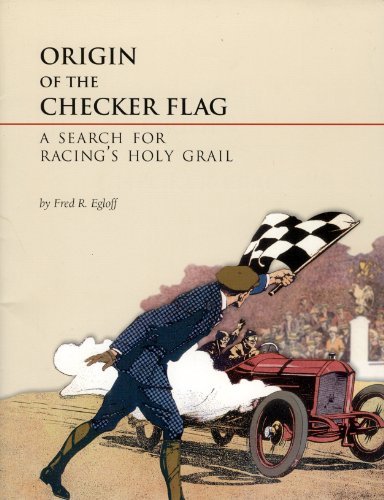 by Fred R. Egloff
by Fred R. Egloff
For many, many years, a staple of racing lore was the topic concerning the origin of the checkered flag. As is so often the case in such matters, whereas there was much in the way of opinionating and bloviating, there was little concrete evidence to support the various theories brought forward. Enter Fred R. Egloff into the discussion.
In this monograph, published by the International Motor Racing Research Center (IMRRC) located in Watkins Glen, New York, Egloff firmly establishes the origins of the checkered flag and its first use. Even I, a card-carrying motorsports historian, find in Egloff’s research much to be impressed by.
Origin of the Checker Flag is the result of solid, dogged research. When I first became aware of it, I will admit to some skepticism and, not to mince words, serious reservations as to where it would lead. After all, more than a few ideas had been brought forward already, only to be discredited for one reason or another. However, once I read the book, it became clear that Egloff had finally nailed down an accurate origin story of this universally recognized symbol of automobile racing.
This is an excellent piece of research and definitely a work that belongs in the reference library of every automobile racing historian. The book contains a reprint of a 1907 article by Louis Wagner, winner of the Vanderbilt Cup race.
The Origin of the Checker Flag makes one wish that there were more such monographs on automobile racing history being written and published. That the IMRRC supported this particular effort is because they were impressed by a presentation Egloff, a retired manufacturer’s sales rep and amateur motorsports enthusiast, made to them on the subject.
PS: Egloff (b. 1934) died early in 2025.
Copyright 2025, Don Capps (speedreaders.info).


 RSS Feed - Comments
RSS Feed - Comments



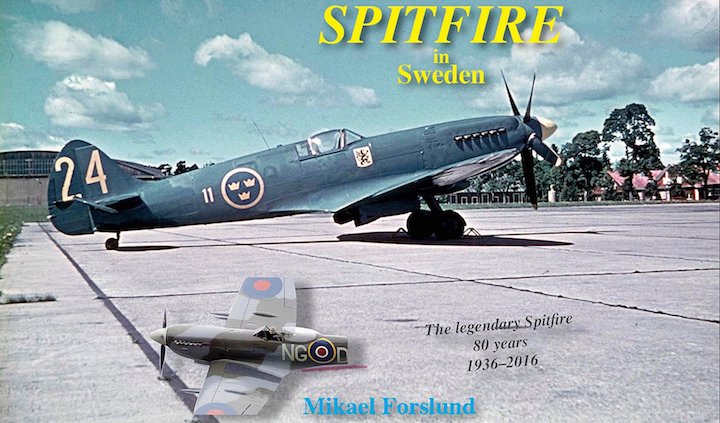



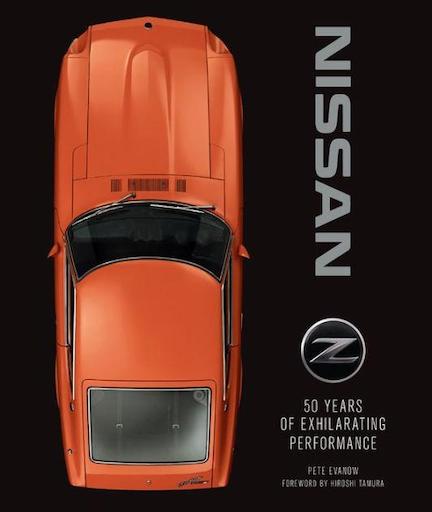
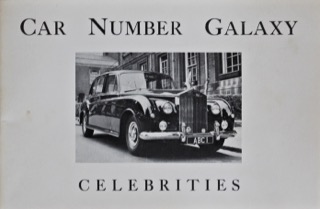


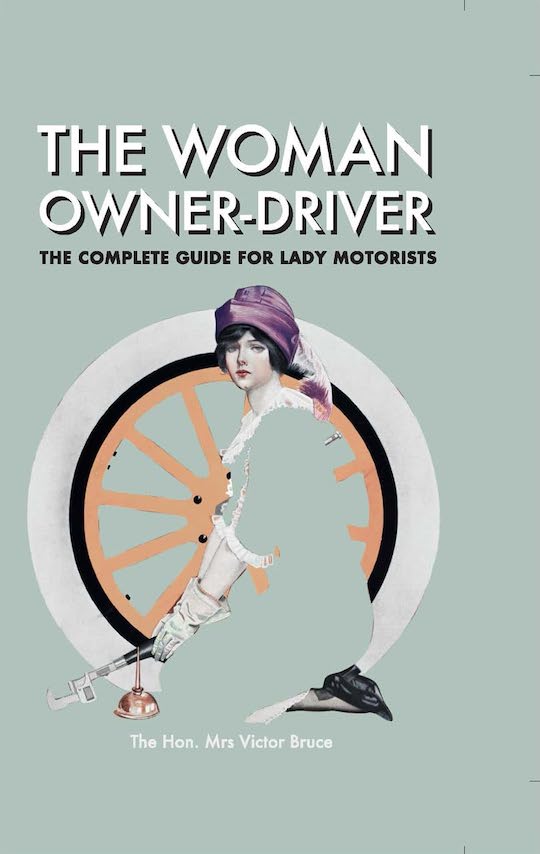


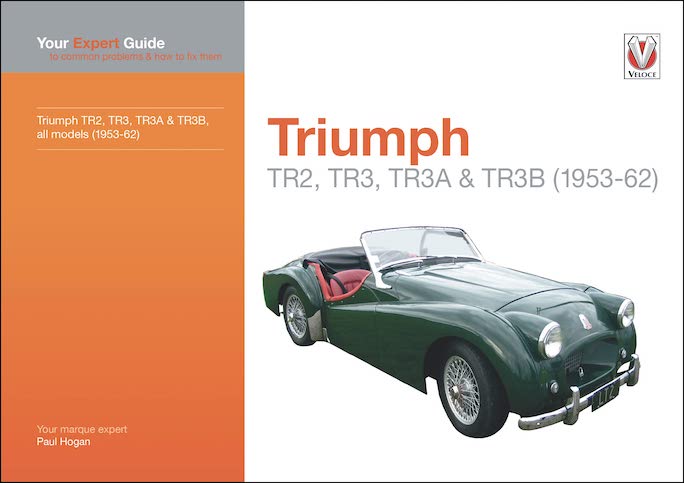



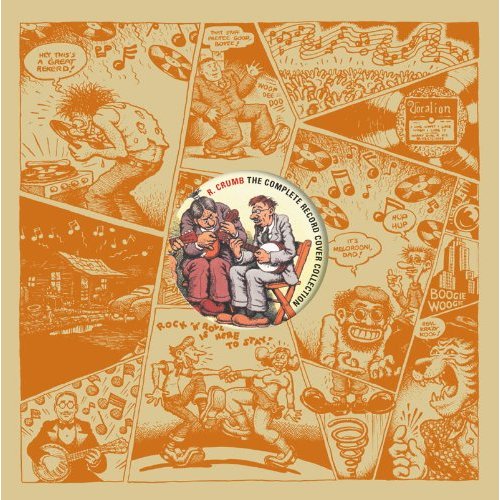




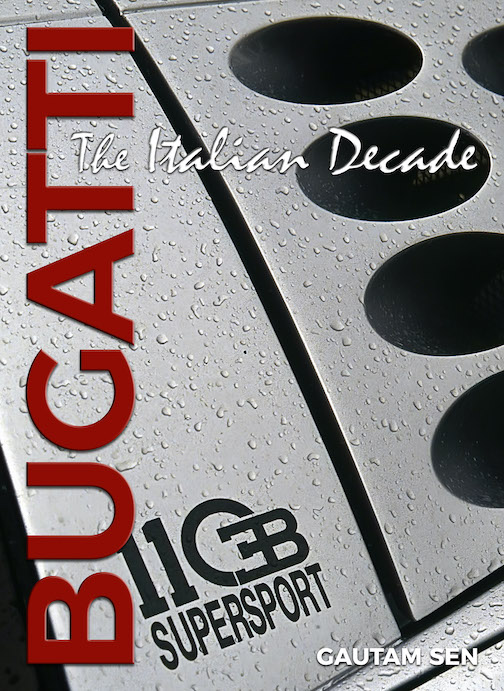


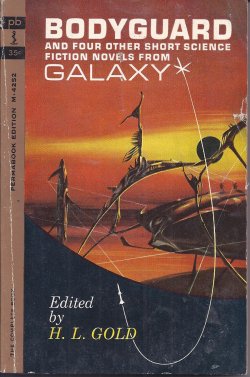
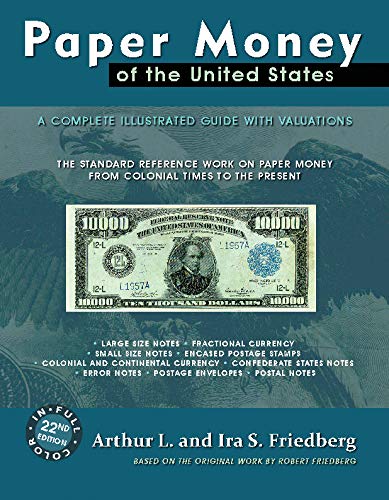
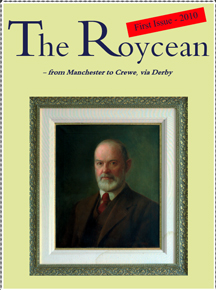



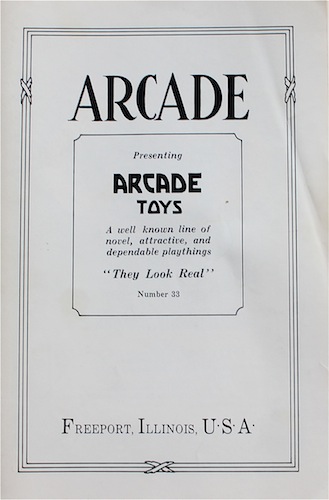

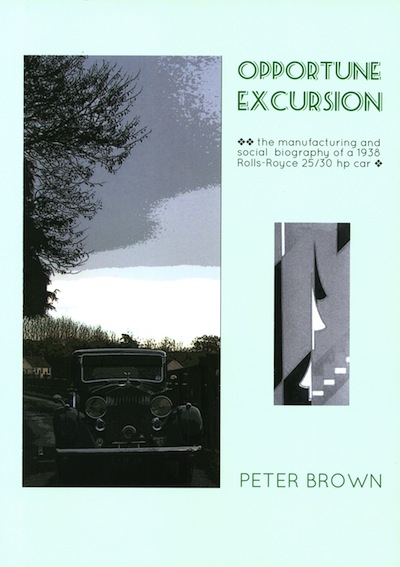

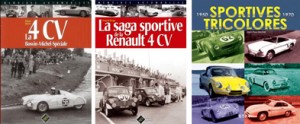
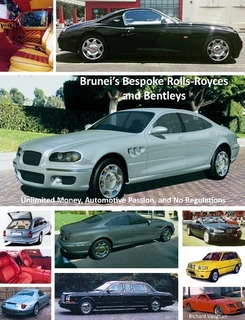
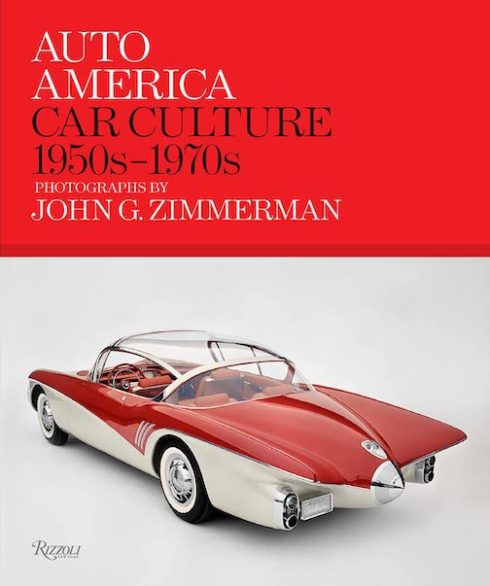
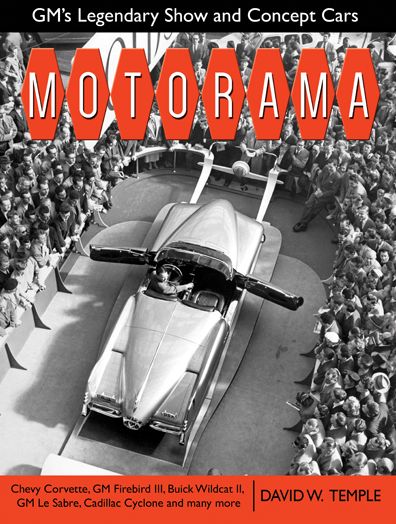

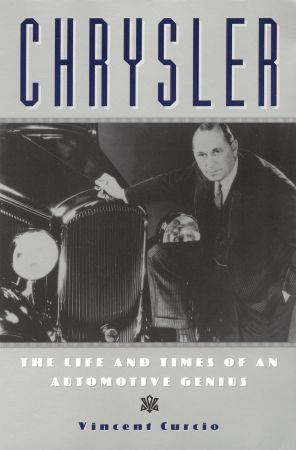
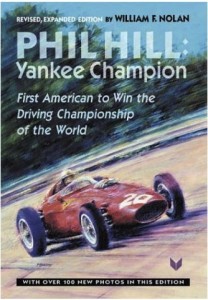



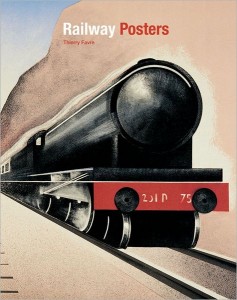
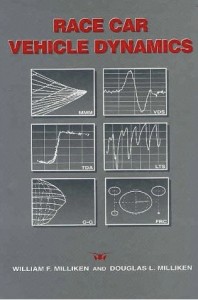
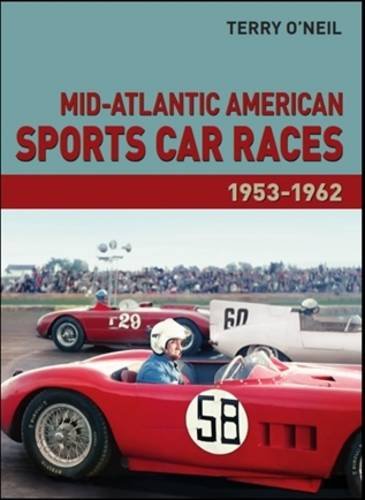





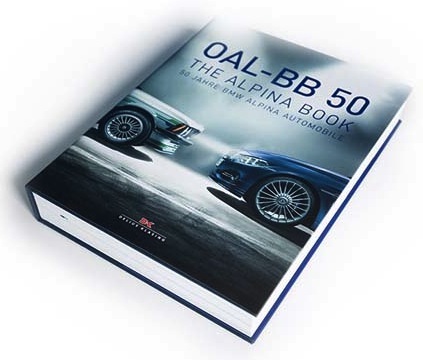

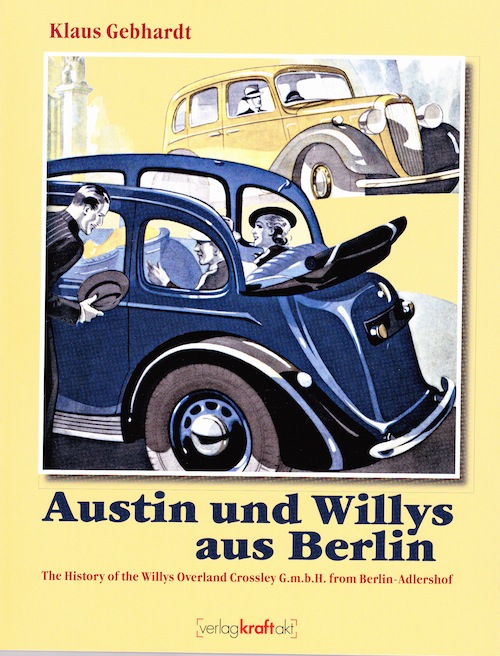



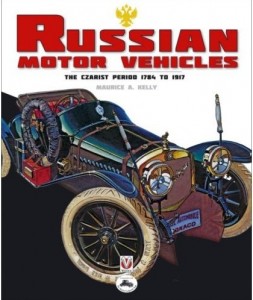


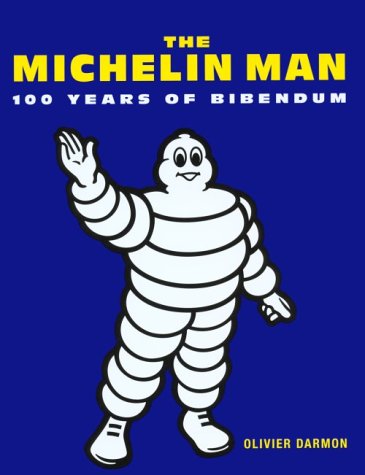
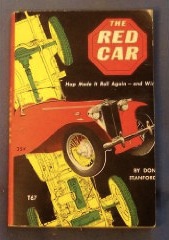
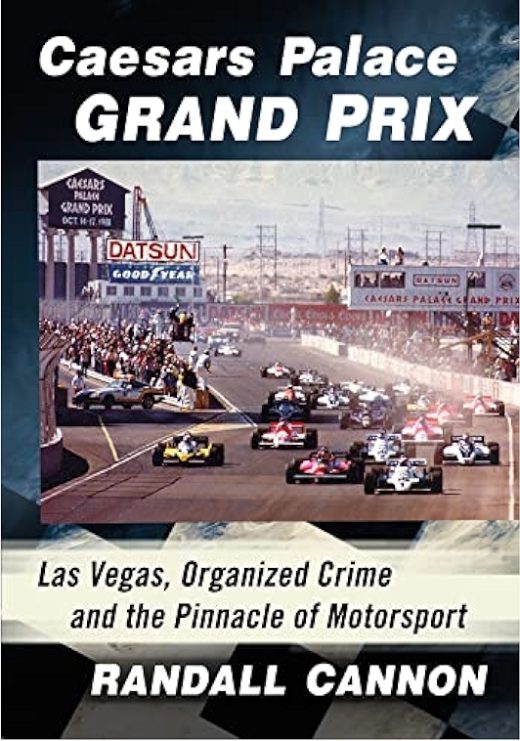
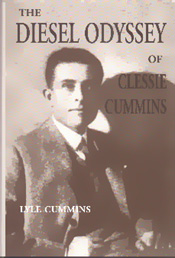
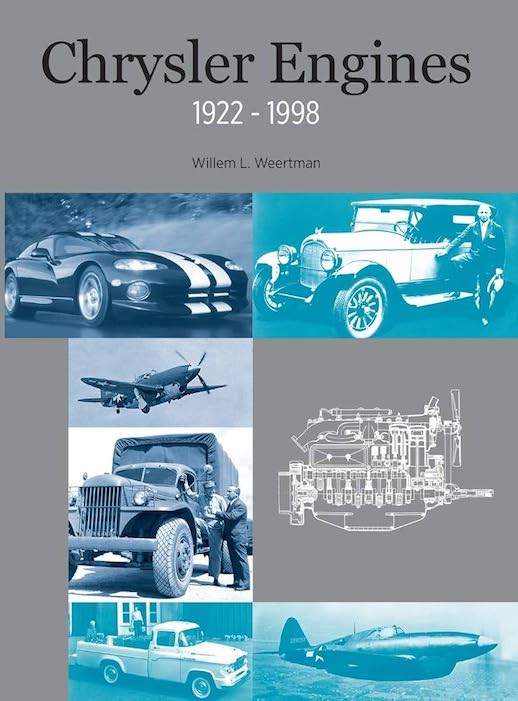


 Phone / Mail / Email
Phone / Mail / Email RSS Feed
RSS Feed Facebook
Facebook Twitter
Twitter